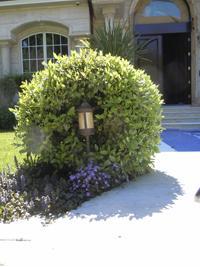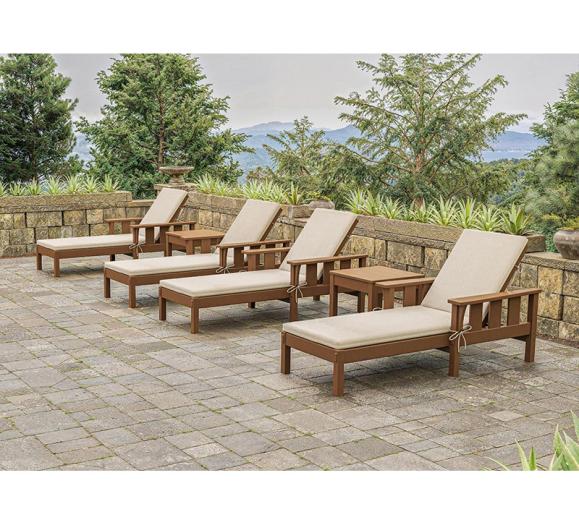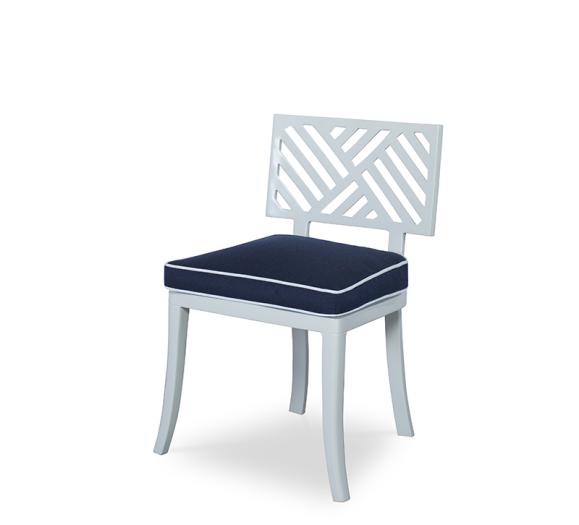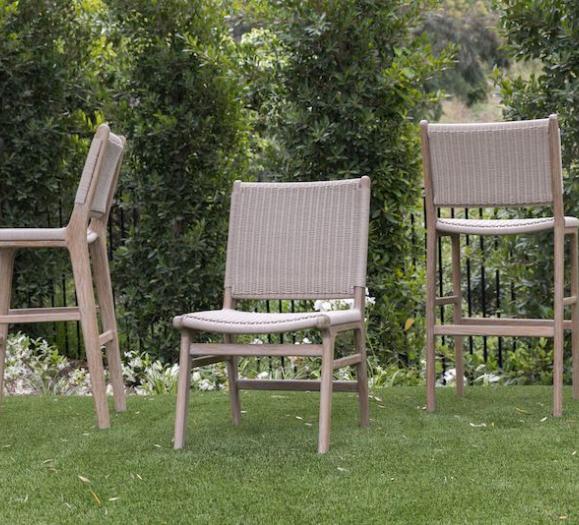Q. :
I always enjoy your columns. One of my favorites was a checklist for approaching kitchen lighting design. Do you have a similar checklist you can provide regarding outdoor lighting?
A. :
Oh, please, I have a checklist for everything, from my “what to wear to the airport” checklist to my “what not to do on a first date” checklist. I see my OCD as an asset, while those that are close to me … not so much. So here you go:
1. There is no single type of exterior light fixture that can perform all lighting needs in the garden. Light layering is a design method in which a number of different light sources are blended together to create a cohesive and inviting design.
2. Put together a planting plan, an outdoor furniture layout and an outdoor kitchen design, along with sculpture or water feature locations, before attempting to create a lighting design. The lighting should relate to the way the outdoor spaces are going to be used.
3. Try to get all the players (the homeowners, the lighting designer, the landscape designer and the contractor) together to share ideas. This is called a team approach to design. The result is a well-integrated design where all the elements work harmoniously with each other.
4. Create two levels of light; one for when you are inside looking out and one for when you are actually in the garden. Much of the time we look out into our gardens because it is just too cold or inclement to be outside.
5. Try to choose a shielded exterior fixture that can serve as a downlight, accent light or wall wash. Glare can really ruin people’s experience of an outdoor space. Only the decorative fixtures, such as the lanterns flanking the doors, should be seen.
6. Always try to include some exterior lighting in the overall design even if you are working on the lighting inside of your house first. It not only keeps windows from becoming black mirrors at night, but it also visually expands the interior spaces, allowing them to feel larger.
7. Be thoughtful when dimming exterior lighting. Standard incandescent light, when dimmed, becomes even more amber in color. Green plants look sickly under yellow light. Dimming of LEDs is a different story; they do not change color when dimmed.
8. Locate a panic switch for security lights in the master bedroom. It’s no fun running to the front door in the middle of the night to turn on the outside lights.
9. Don’t just locate light switches for the house and landscaping at the front door. Most people enter their homes from the garage. This is where a second set of controls should be installed.
10. Use a daylight blue color correcting filter on the outdoor lights if they are incandescent to eliminate the amber quality. Or specify cooler-colored fluorescent and LED sources which will will keep the plants looking healthy.







